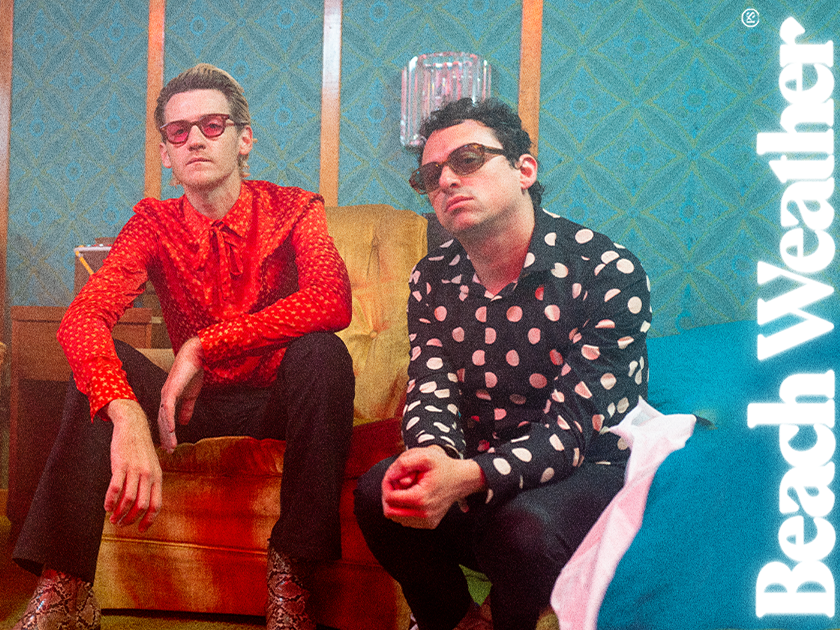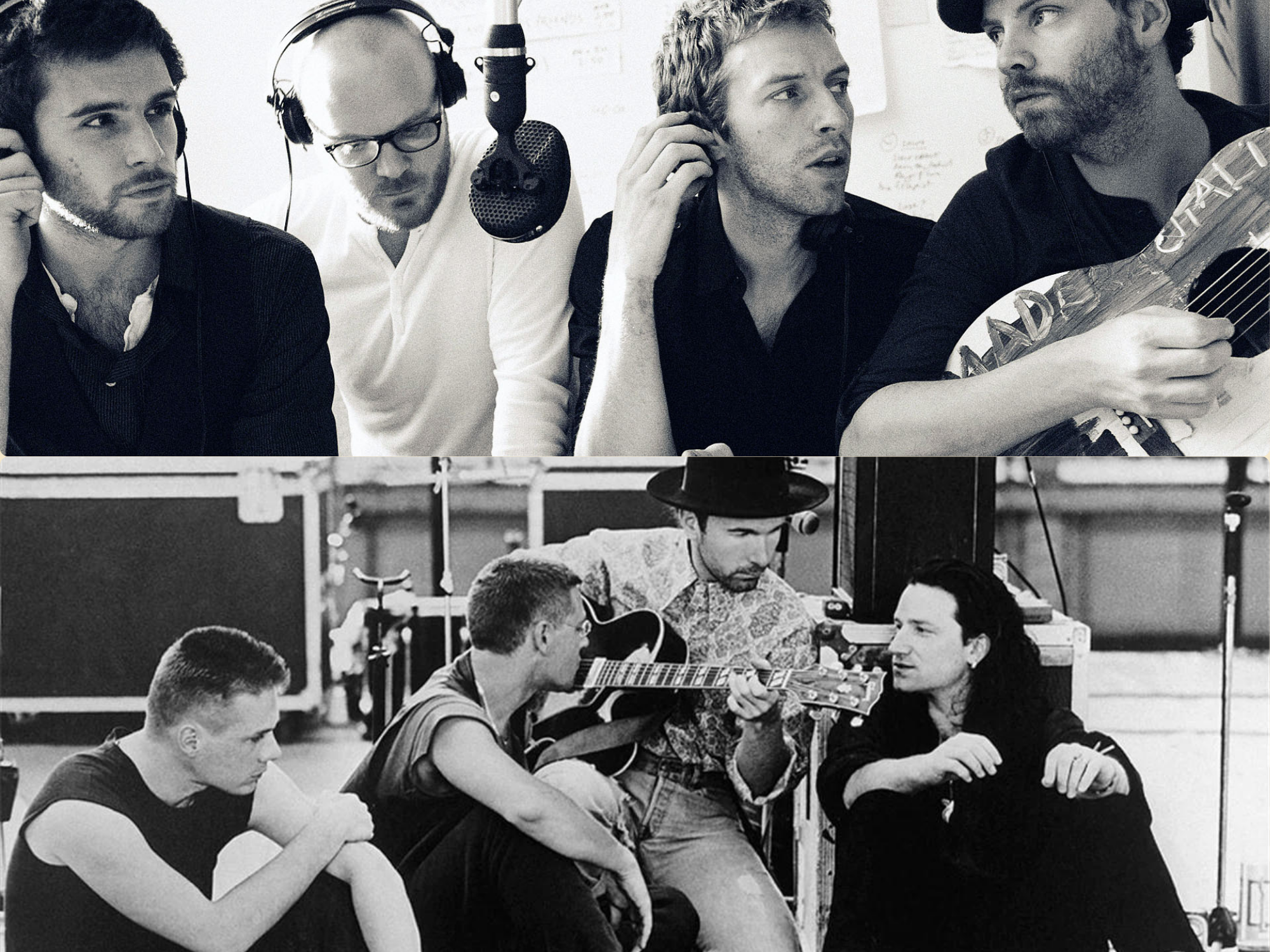"Living Undocumented" Documentary Review
It’s not every day that an American teenager has the opportunity to experience the realities of how immigrants and their struggles are portrayed on the news and in the media. I chose to do my research on immigration because of a volunteer experience I had in 2018. I had the opportunity to join my mom at work helping one of her clients move. Her client’s name was Louisa. Louisa was 45 years old and had two children: an eleven year old daughter and a sixteen year old son. When she was 25, she entered the United States illegally with false documents and claimed to be an American citizen. A few years later, she married a U.S. citizen and because she thought she was safe from deportation, she never bothered to apply for legal status. Throughout her marriage, Louisa’s husband was physically and verbally abusive. After several years of enduring domestic violence, she pressed criminal charges against her husband and filed for divorce. Her husband sought revenge against Louisa, and contacted ICE and told them about her illegal entry into America and gave them all of the information needed to start an investigation on Louisa. Once ICE learned that Louisa had entered the United States using false documents and lied to a U.S. Customs official about being an American citizen, they began Louisa’s deportation process.
Louisa could not bear the thought of being ripped from her children’s lives, so she sought help from a legal aid organization, and that was when she met my mom. Lawyers tried to convince the immigration court to let Louisa stay in the United States until her divorce was finalized and the legal custody of her children was decided. After several court hearings and appeals, Louisa’s request to stay was denied. That is why Louisa decided to move out of her house, pack away her belongings in a storage unit, and go into hiding, just hoping to buy herself a little extra time so she would know who was going to care for her children and to make sure her children knew how much she loved them.
It was Memorial Day weekend, Saturday, May 26, 2018. The day began as my mom and I left early in the morning and drove to Malden, Massachusetts to pick up a U-Haul truck. Then, we drove to Louisa’s house in Revere, Massachusetts. Once we got there, we met Louisa and my mom’s two social work interns, Catherine and Beth, as well as several members of Catherine’s Mormon church. Together, we began moving and packing Louisa’s belongings into the truck: furniture, appliances, bags of clothing, boxes of holiday decorations, her children’s memory books and awards, and other personal belongings. As I watched everyone running around putting items into the truck, it was hard for me to watch someone’s life be put away, and hidden as if it didn’t matter. I watched Louisa and saw how incredibly devastated she looked. I cannot begin to imagine what this felt like for her.
I was in charge of organizing the order in which items were to be packed into the truck, although not all of Louisa’s life was going to fit inside. She had to decide which items to keep and which to donate. How do you choose which parts of your life are important enough to keep and which parts do not matter? How do you make this choice on the spot, or in a matter of minutes?
We worked for about four or five hours before it was time to bring everything to the storage facility in Salem. It only took two hours to fill up an entire storage unit with Louisa’s life. She cried as she locked the door and walked back to the truck.
Once we had finished in the storage unit, my mom and I went to get pizza for everyone and we ate all together in the parking lot of the storage facility. I like to think of that moment as being a celebration of Louisa’s life, not a rush to hide it. After that, we brought Louisa home before returning the U-Haul truck. She was overwhelmed with so many emotions. She was happy to know that so many people cared about her because clearly this country did not care about her or her family, and she realized that she was important to us because we were all eager to devote as much time as needed to make sure that she was okay. After many hugs and tears, my mom and I brought the truck back to U-Haul and headed home.
After spending the day volunteering, I learned a bit about myself. I learned to do what a person needs, even if that is hard for me. As a typical teenager, I tend to think about only what is happening in my life and what I need. This experience taught me how good it feels to be unselfish and use my time to help others and listen to their stories.
This experience had a long lasting positive impact on my life. I felt grateful to have had this opportunity, and it reminded me of how appreciative of what I have...I do not ever have to worry about being separated from my family or suddenly having my mother taken out of my life and not knowing where she is and if I will ever see her again.
It was great to experience a day in the life of my mom who has been a social worker for thirty years. She has always talked about how amazing it feels to be the positive change in someone else’s life, and now I know for myself what that feels like. It is pretty amazing to contribute to something bigger than myself and, in a small way, change how someone else sees the world.
It is one thing to research immigration, learn the laws, hear the speeches, and watch documentaries, but absolutely nothing compares to experiencing it all, firsthand. This is why I chose the topic of immigration. I am passionate about getting to the heart of people’s stories and one day I will use my writing to expose the truth and be the voice of those who are too afraid to speak.
Many scripted movies and television programs showcase devastating stories about immigrant life in America. Although, as intruguing as these fictional stories can be, nothing comes close to revealing as much as Living Undocumented. Living Undocumented is a six-part docuseries on Netflix that follows eight undocumented immigrant families who volunteered to share their stories as they face potential deportation. By following these eight families who come from six different countries, live in six different states, and have various complications with their immigration status, viewers get an inside look at the experience of living life in the United States as an undocumented immigrant, complete with authenticity and unabashed intimacy. The entire series is filmed inside the homes, workplaces, and even in the cars of these families whose lives are being made harder thanks to laws and policies that often don’t make sense, and whose day-to-day lives are completely focused on the fear of possibly being deported.
In each episode viewers are introduced to undocumented families and witness the uncertainty they experience everyday. In the first episode we meet Luis, an affectionate father playing with his son on a swing. He has suddenly become a single parent because his girlfriend, and son’s mother, has been deported. We experience the unimaginable anxiety of a check-in with Immigration and Custom Enforcement (ICE) officials as Vinny, another father, attends his yearly appointment. He has no idea if he will be suddenly detained and deported at his ICE check-in or be allowed to stay and live with his wife, a U.S. citizen, and their infant daughter. In the episodes that follow we meet Alejandra, the wife of a Marine veteran, who has no choice but to deport herself to Mexico, taking her 9 year old U.S. citizen daughter with her, but is forced to leave her husband and 16 year old daughter at their home in Florida. Eddie is another Mexican immigrant who also succumbs to self deportation when he, and his husband Tyler, decide to move to Canada. Eddie has lost all chances of gaining permanent legal status because, as a 14 year old non-english speaking child, he mistakenly claimed to be a U.S. citizen when he flew here to visit his extremely sick mother. We also meet the Dunoyer family, father Roberto, mother Consuelo and sons Pablo and Camilo. In 2002 they fled here from Columbia after repeatedly being threatened with death and dismemberment by the Narco-Guerillas. They entered the U.S. legally on visas and in 2005 applied for asylum, but in 2008 their request for asylum was denied. After several appeals, Roberto was deported in 2019 and the rest of the family now lives separated and in hiding and in constant fear of deportation.
Living Undocumented was executive produced by pop singer Selena Gomez and co-directed by Aaron Saidman and Anna Chai, two Emmy-winning producers of various documentaries and television shows. Saidman and Chai became interested in the topic of immigration when another producer, Sean O’Grady, introduced them to a young Nigerian chef who had lived in the United States for fifteen years before ICE detained him while he was on his way to a culinary event. To find the families, the producers reached out to hundreds of potential families through social media, immigration attorneys, and advocacy organizations. Although many declined due to their fear of being detected by ICE, they found their eight families: two from Texas, two from California, and one from Florida, Wiconsin, Maryland, and South Carolina. The families came from Mexico, Honduras, Colombia, Israel, Laos, and Mauritania.
In interviews conducted by different platforms, Chai says that “it could have been really easy to make the show about Central America or Mexico, but we tried to find stories coming from other parts of the world to show that not all immigrants come to the United States from Mexico and Latin-American countries. It took a long time to find people whose stories were drastically different and who had different consequences and were at different places in their immigration process.” Selena Gomez was also involved in the documentary, and her reason for making this possible was because she wanted to use her platform to provide a voice to the children and families who live in the shadows, burdened by uncertainty and lack of a normal life.
From a cinematic standpoint, the docuseries uses realistic footage to put an emphasis on the reality of the situations these families are dealing with. Instrumental music accompanies the most heartbreaking of scenes, and the most joyful of scenes. There is no trace of censorship, filters, or scripting, and the families are allowed to speak in their native languages. Also, every time the focus shifts from one family to the next, there is the sound of an airplane engine roaring. This was done to symbolize the fact that ICE deports immigrants by plane, buying them a one-way ticket to their native country, bringing them to the airport, and sending them away. Because the possibility of forced removal and deportation is something that looms over the heads of every family in the documentary, the airplane sounds in between scenes serves as a constant reminder to hope for the best and prepare for the worst.
The families shown in Living Undocumented were not compensated for their participation, which included being followed around by a camera crew for months through what were the most monumental and frightening events of their lives. They were free to choose how they would be identified and did so in the way that would make them feel most comfortable. Some families chose to provide their full names, some gave only first names, and one couple from Honduras chose to conceal their identities completely.
The Trump administration's opposition to immigration has become its signature policy. In April 2018, President Trump declared a "zero tolerance" policy which mandated the criminal prosecution of all individuals entering the US illegally. This brought the immigration issue to the forefront of the national agenda. The production of Living Undocumented educates us on immigration law and current policies, also on the process of seeking asylum or legal residency status. Most important, it humanizes the plight of people fleeing incomprehensible violence in their country of origin.
Living Undocumented reminds American citizens that their natural born rights are a blessing. In the words of the immigrants, doing everything scared and living in fear was never their choice and they ALL have a valid, real reason for coming to the United States of America. The production completely abolishes the stereotype that immigrants only come here to steal, to sell drugs, to commit crimes, and to cause harm and violence to people around them. In reality, they immigrate to protect their families and themselves, attain security and safety in their everyday lives, or if they need to flee their homes and start over somewhere safe. Living Undocumented reminds viewers that amongst the struggles, the feelings of uncertainty, the ludicrous laws, the heartless officers, and the heartbreaking moments, immigrants are strong, persevering, patient, and loving people.





